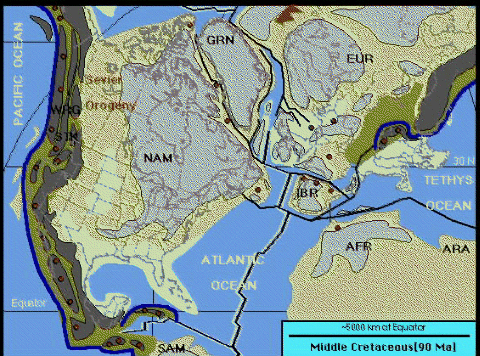Dr. David Grimaldi of the American Museum of Natural History in New York City has recently published a scientific paper describing the 7 ants found at the New Jersey amber locality. Brownimecia clavata , was the name given to one ant. I collected one of the two specimens of this ant. Brownimecia clavata represents the oldest member of a living sub-family of ants. This means that ants were around over 90,000,000 years ago. From this new information, scientists believe that ants probably evolved around 130,000,000 years ago.
You can read about these ants in these scientific papers:
- New and Rediscovered Primative Ants (Hymenoptera: Formicidae) in Cretaceous Amber from New Jersey, and Their Phylogenetic Relationships
American Museum Novitates, number 3208, Oct. 23, 1997
The American Museum has posted this paper on its website. The URL is http://research.amnh.org/entomology/social_insects/publications/ms_sphecomyrma.html
- Oldest known ant fossils discovered
Nature, vol. 391, pg. 447, 29 January 1998
|
